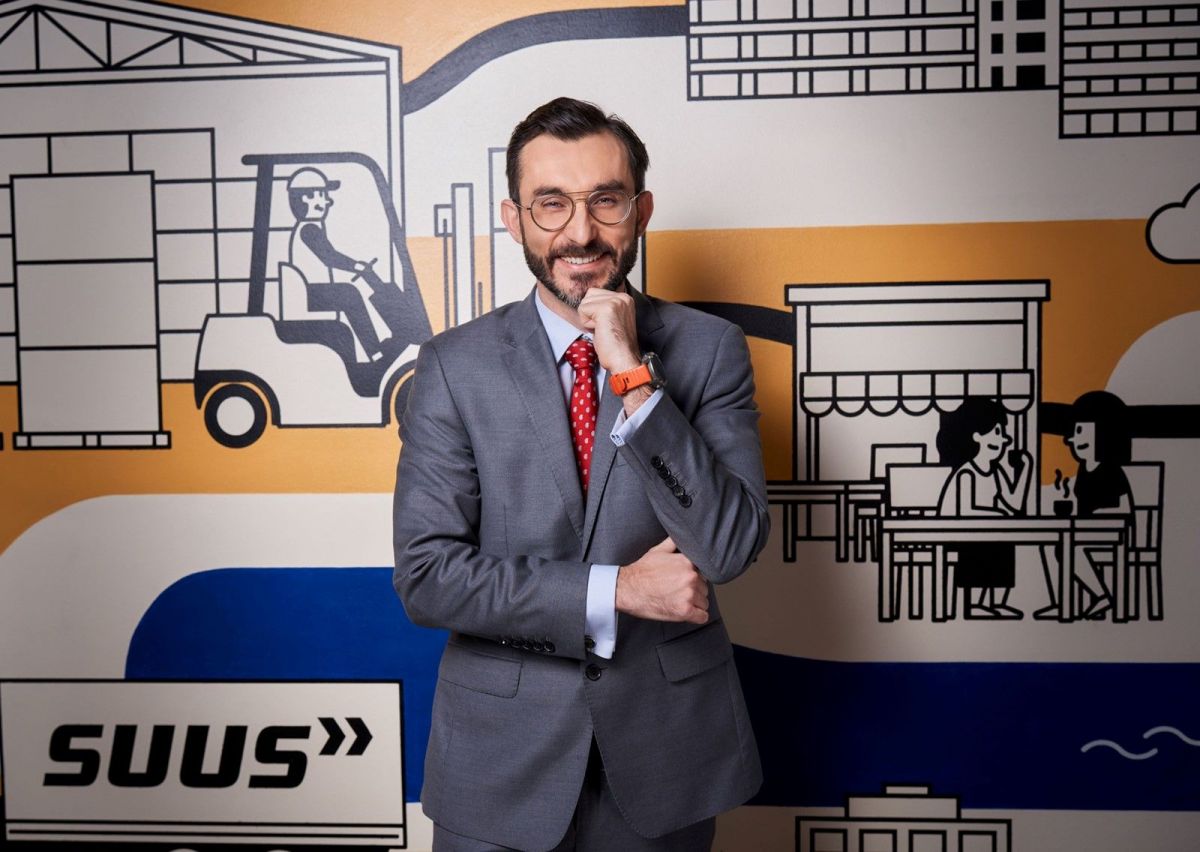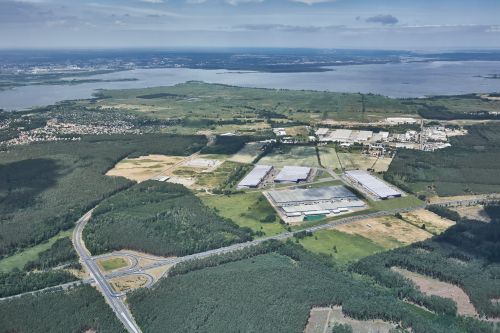The term ‘New Reality’, which has been much used since the outbreak of the pandemic, has now become something of a cliché as the years since then have passed, but it nevertheless still has some currency, given the fact that many sectors of the economy – and real estate is certainly no exception to this – have yet to stabilise since the Covid-induced upheaval. As with any major disruption to the status quo, there have been winners and losers; the losers being those who found themselves unable to adapt or couldn’t adapt quickly enough, while the winners were those who were presented with new opportunities and have been nimble-footed enough to take advantage of them. Logistics is one of the sectors that could be counted among the winners, given the global surge in demand for last-mile delivery during the lockdowns and the shift in consumer habits towards e-commerce. Of course, haulage companies have needed more space for the greater volumes of goods th































































